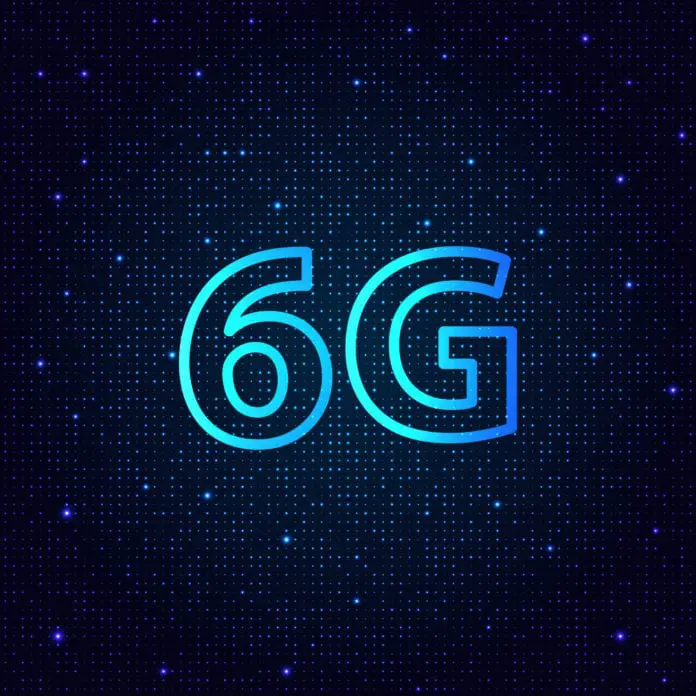
By Kelly Hill September 25, 2024
Collected at: https://www.rcrwireless.com/20240925/featured/what-should-we-expect-from-6g
WASHINGTON, D.C.—As the vision for 6G begins to make its way from R&D to standardization, what are the trends and goals, both technological and societal, that will and should influence it?
Experts from across the telecom industry, government and academia gathered in Washington, D.C. this week at 6G Symposium to discuss both the challenges and opportunities that lie ahead as another generation of cellular technology takes shape—even with the current generation, 5G, still being fully implemented and understood as a business.
“This network evolution presents opportunity on an enormous scale,” said Federal Communications Commissioner Geoffrey Starks at the event, adding: “But, I’m also clear-eyed about the very real and complex challenges we face.”
He went on to say: “What happens over the next 18 to 24 months will be critical for 6G. So we need a concerted strategy for overcoming obstacles and ensuring this rapidly-developing technology reaches its full potential. I believe a successful rollout of 6G holds the promise of a more vibrant economy, sustainable networks, and connect communities.”
He outlined a number of trends that are happening in 5G and 5G-Advanced that he sees as likely to shape 6G, including disaggregation and Open Radio Access Networks, as well as artificial intelligence. He also warned that there are significant challenges ahead in 6G, particularly in terms of energy consumption and efficiency, and spectrum availability.
“These network advances can only do so much if we’re not providing the spectrum they need to operate. And on that front, we face real challenges,” Starks said, taking the opportunity to point out, once again, that the FCC has been without auction authority since early 2023.
He went on to say that the FCC is still doing what it can to support the execution of the National Spectrum Strategy that has been laid out by the Biden administration, which Starks said “will serve as a vital downpayment on 6G … It includes a mix of bands, and will support licensed, unlicensed, and shared models—all tools that will be useful for deployment of 6G networks.”
David Young, ATIS’ VP for technology policy and government relations, said frankly that that when it comes to knowing the most likely and valuable use cases for 6G, “We don’t know. There’s no way to know. We will know because we’ll see what works, and what the market adopts.” However, preparation is key, through laying out possibilities and capabilities that 6G networks ought to be able to support, which will create the opportunities for as-yet-unknown use cases to develop.
So Young offered up some likely possibilities that networks should be designed and equipped to handle: Multi-sensory extended reality, including personalization, and digital twins that make a virtual reality of the world; a wide variety of robotics uses; ambient internet of things applications; connected and intelligent vehicles and transportation systems; and low-power, wide-area network capabilities will need to continue to be supported and refined in 6G. Fixed Wireless Access (FWA), which 5G wasn’t necessarily designed for but which has emerged as a major network use case, also ought to be more fully incorporated into 6G specification considerations, Young said.
Peter Vetter, president of Bell Labs Core Research at Nokia, focused on 6G as being an enabling technology for what he called “digital-physical fusion.” He, too, presented the possibility of 6G—with its likely inclusion of integrated communications and sensing (ISAC) capabilities—as being able to support real-time digital representations of the real world, which could be used for more precise mapping, navigation and asset tracking across environments like an airport, where dynamic information such as the exact location of airplanes and individual bags, as well as the general flow of passenger foot-traffic, could all be used to contribute to more efficient operations. Vetter said that the use of artificial intelligence will be important to helping both to replicate and to understand digital models of such complex systems.

Leave a Reply